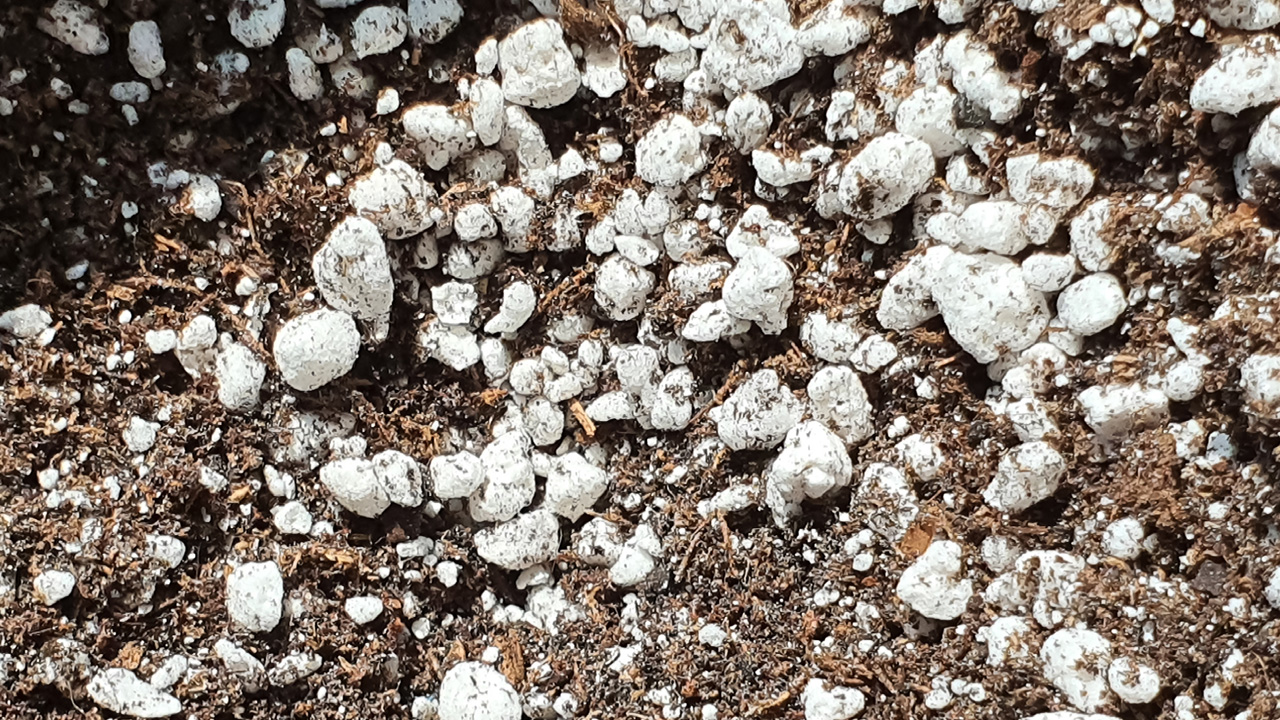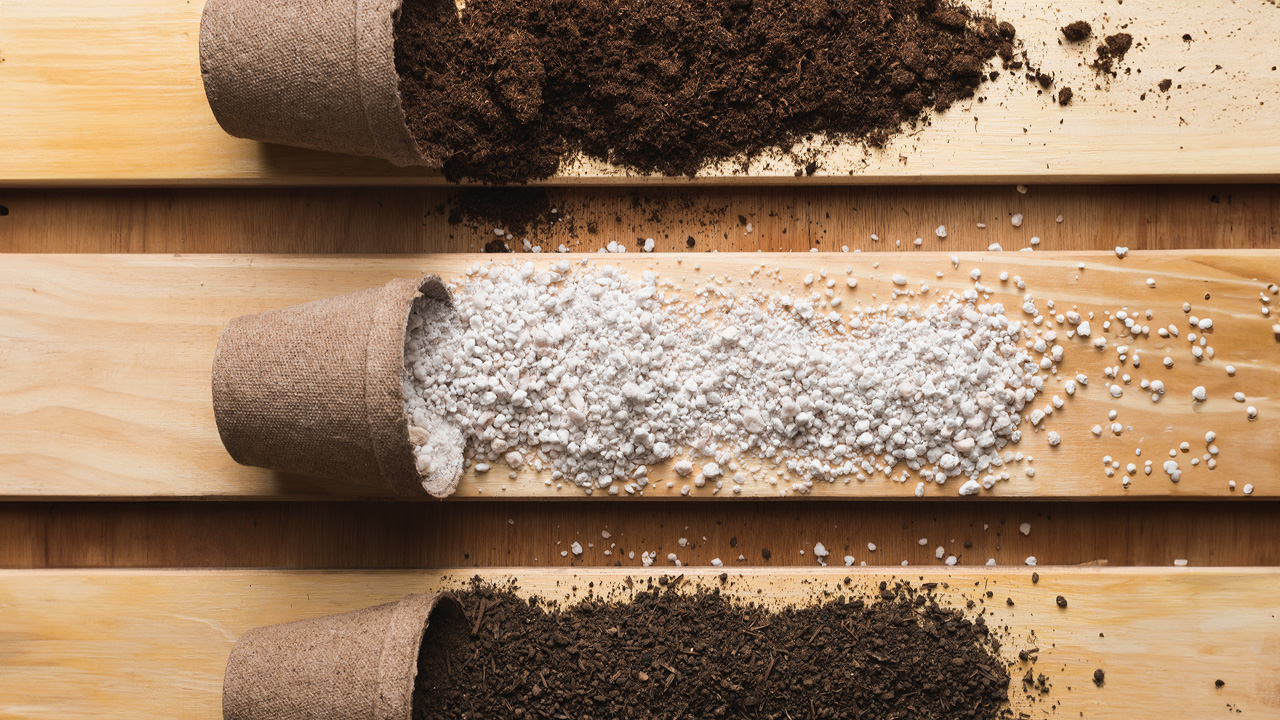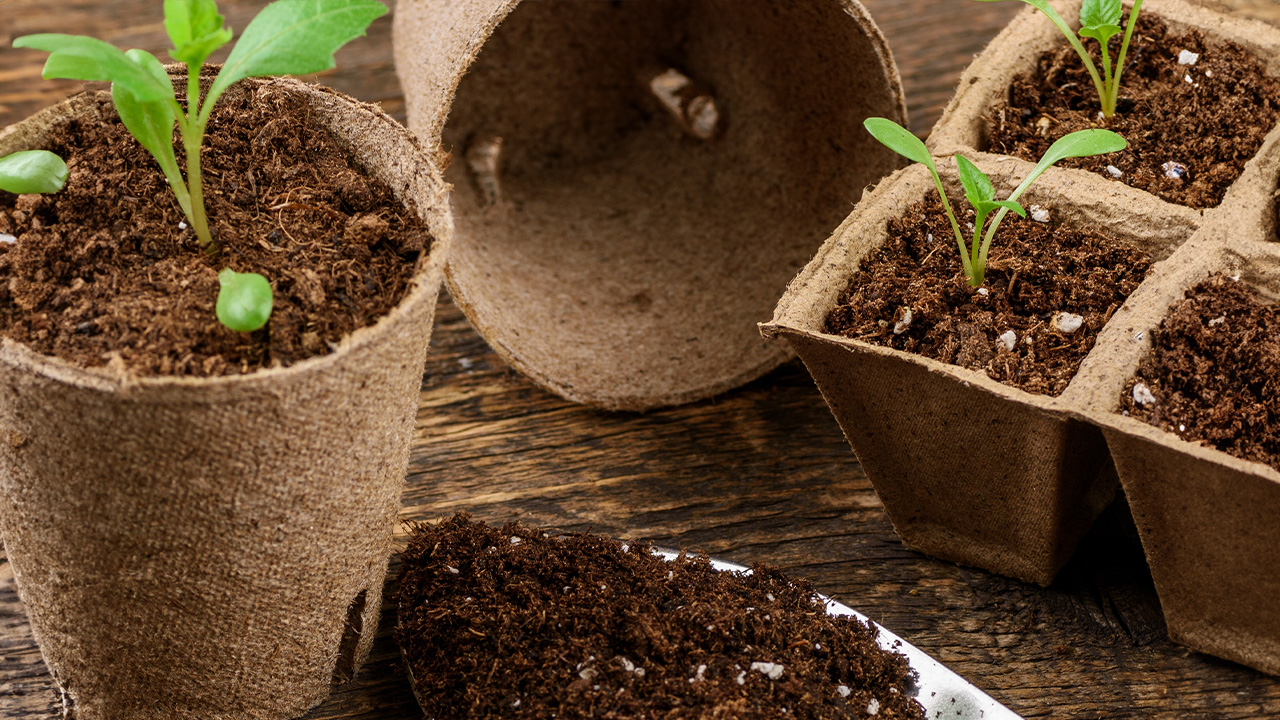Horticultural Perlite
Perlite stands out by facilitating soil aeration and regulating drainage, with over 90% total porosity and around 60% aeration porosity. Additionally, it enhances water infiltration while reducing evaporation. Its inorganic structure prevents the carryover of weed seeds and diseases. The minimal presence of soluble ions allows for use without issues related to salinity and alkalinity.
Perlite in Germination and Seedling Cultivation
Perlite provides an ideal environment for germinating vegetable and flower seeds. For this purpose, pots or trays are filled with moistened perlite, which is then thoroughly soaked. Seeds are sown slightly deeper than usual in this medium. The seedlings are kept in their sowing spots until their cotyledon leaves fully open and become parallel to the ground. During this period, the seeds utilize the nutrients stored within them, eliminating the need for external nutrient additions. Care is taken to transplant seedlings while they are in this state.

Perlite as a Rooting Medium
Perlite is successfully used for rooting flower, vegetable, and fruit cuttings, either alone or mixed with other substrate materials. If the containers used for rooting are filled solely with perlite, it is sufficient to moisten the perlite and insert the cuttings into the moist perlite, ensuring that the perlite remains consistently damp. As a rooting medium, perlite can be mixed with organic matter in ratios ranging from 1:1 to 9:1. If soil is desired in the medium, a recommended mix is 5 parts perlite, 1 part organic material, and 1 part sterilized medium-textured soil.

Perlite in Soil Cultivation
Perlite is used as an amendment to meet soil requirements or to reduce water loss. A good soil amendment should have high usable water capacity, substantial cation exchange and heat capacity, and low levels of salinity and heat permeability. All these properties are found in perlite. When mixed with heavy and sticky soils, perlite helps prevent the formation of a crust, as well as cracking, pooling, swelling, and shrinkage due to its drainage and aeration properties.

Perlite in Soilless Cultivation
In recent years, soilless cultivation practices have emerged to address the issues encountered in increasingly exhausted greenhouse soils. In many countries abroad, soilless farming practices reach rates of up to 95%. In these applications, perlite can be used alone or mixed with other substrates such as peat, sand, and bark.